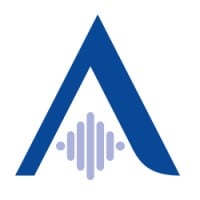
AlmavivA Group
Almaviva is synonymous with digital innovation. Proven experience, unique skills, ongoing research and in-depth knowledge of a range of public and private market sectors are what make it the leading Italian Group in Information & Communications Technology. Almaviva leads the Country growth and takes up the challenge that companies must face to remain competitive in the Absolute Digital Age, by innovating their business model, organization, enterprise culture and ICT. With 41,000 people - 7,000 in Italy and 34,000 overseas - Almaviva is the 3rd private Italian Group in terms of people worldwide, with a turnover of € 1.411 million in 2024. Almaviva Group operates globally, with 44 offices in Italy and 35 abroad. It has a significant presence in Brazil, and is also operational in the United States, Colombia, Egypt, Finland, the Dominican Republic, Saudi Arabia, Spain, Tunisia, and Brussels, the nerve center of the EU. Since 2015 Almaviva is a partner of the world's largest corporate sustainability initiative, UN Global Compact.






